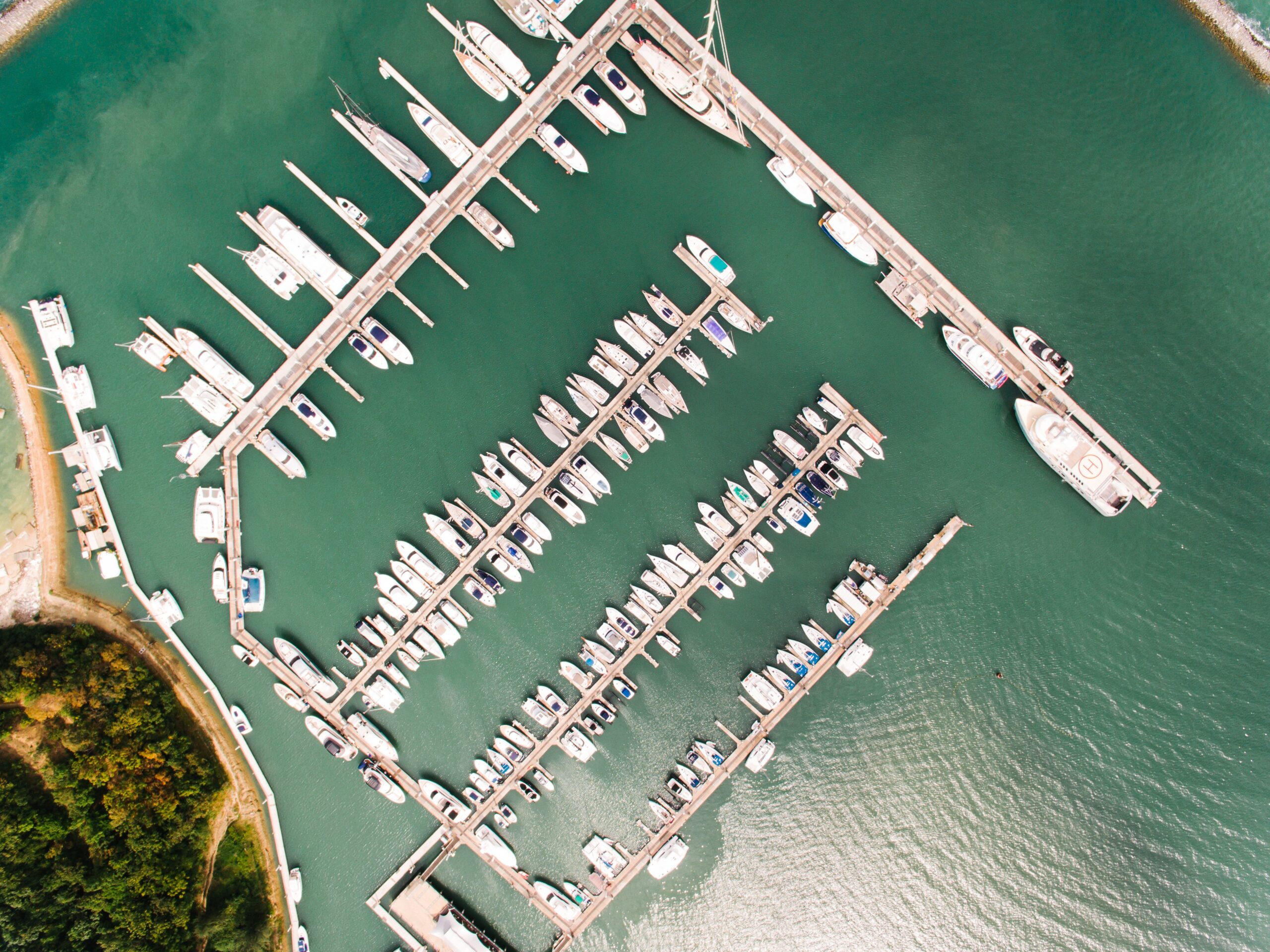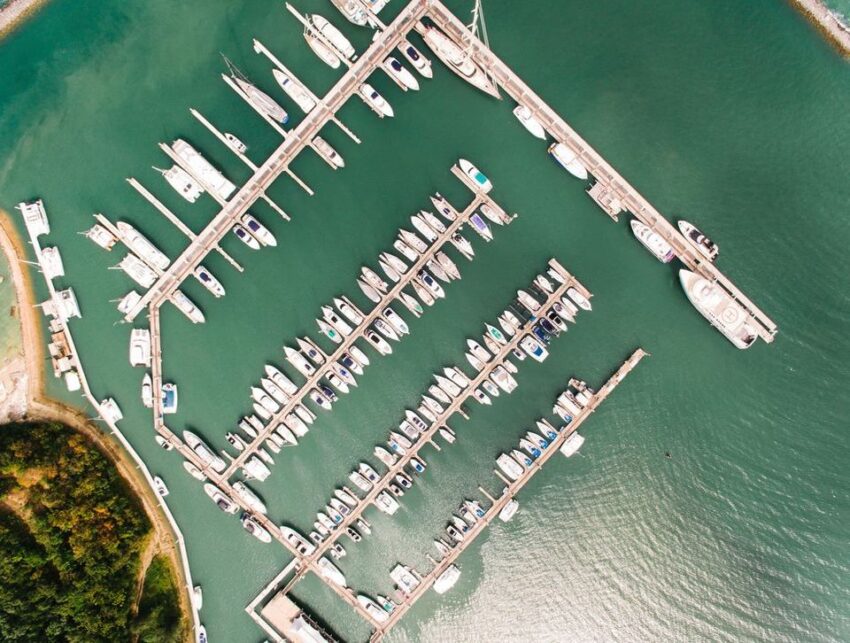
Digitization has greatly influenced every sector of the container shipping industry and naturally, the major seaports around the world have started automating their operations and transforming themselves into smart ports. Simply put, smart ports apply digital technology to boost their competitiveness and integrate with contemporary tech platforms. Smart ports are helping to facilitate a global change in the transportation and logistics industry. According to a report by Market and Markets, the net market worth of smart ports across the world will be worth $5.7 billion in 2027.
However, the transformation of ports to smart ports is a long-term strategy that is having serious implications for every sphere of the ocean freight sector. When done properly the creation of smart ports will make extensive use of technologies like IoT, blockchain, and driverless vehicles for port operations. According to the CIO of the Port of Barcelona one the foremost emerging smart ports of our time, digitization of port operations will allow the ports to offer seamless non-stop service 24 hours a day, every day of the week, with much greater efficiency.
How the rise of smart ports is transforming the ocean freight industry
The IMO has been encouraging the creation of digitized ports with a greater level of information exchange between ships and from ships to shore for enhancing the safety, efficacy, and security of the container shipping industry. Moreover, the rise in smart ports is also having a positive impact on the sustainability of port operations. These ports are leveraging data analytics to create the correct business decisions and improve operational efficiency and economic competitiveness. This in turn is not just benefiting the port authorities but helping the wider supply chain as well.
The implementation of IoT is allowing the ports to share real-time information. Moreover, cloud-based data transmission offers a real-time view of all the tagged assets of the ports. For example, the Port of Rotterdam has digitized its infrastructure to for driving a range of operations including predictive maintenance and predictive berthing. The success of smart ports largely depends on a collaboration between technology-enabled operations and efficient manual processes.
Nevertheless, it will still take a couple of decades before all the major international ports digitize their operations. It has to be remembered in this context that the maritime industry is still resistant to changes when it comes to the application of data driven solutions. Additionally, the level of digitization of ports also depends on the size of the port and the resources available at its disposal. It goes without saying that the largest and the busiest ports are the ones that are mainly digitizing their operations as opposed to the smaller ones.
The challenges facing smart ports
Big data applications
The implementation of big data applications is one big challenge for the creation of smart ports as it implies considerable investment and even a cultural shift in the ocean freight industry. When applied correctly it can enhance the processes in the ports and drive efficiency. Moreover, the application of big data along with deep learning could help with predictive analysis and faster decision-making. One big challenge in this regard this that every major stakeholder need to agree to share data transparently and securely.
Cyber crimes
The digitization of port operations is resulting in a dramatic rise in the amount of information circulating between the ports and online systems. Therefore cyber security is coming up as a major challenge that next-generation ports have to contend with. The smart ports need to make sure that the massive volume of data is transferred in a fast and secure manner. Additionally, they also need to standardize the information exchange process and make it more effective. This is one of the main concerns of emerging smart ports. Lastly, the digitization of port operations is necessitating a major endeavour towards tightening the cybersecurity that needs to be handled on an individual level as well as a part of a series of interconnected systems.
Implementation of systems to obtain geographic information
It is imperative for the port management to have a clear idea about the exact location of all the objects and vehicles within the port and its vicinity. Therefore, smart ports need to invest in geolocation-based platforms that make the tracking process fast and help with proper monitoring of the vehicles, and cargo status. For instance, the Port of Antwerp – one of the most digitized ports in Europe is using unmanned vessels with sensors for tracking the depths of the ports so as to have the measurements in real time all round the day at very little expense. The best part is that these vessels come with solar panels and therefore have almost nil carbon footprint.
Wrapping up
The challenges of smart ports mainly revolve around incompatible systems, security threats, lack of resources, and resistance toward automation. Additionally, the lack of information sharing could also result in operational hitches. Moreover, the smaller ports are still in the starting phase of digitization and it will take years or even decades for them to become smart. The smooth functioning of smart ports also requires thorough planning, organizational efficiency, and integration of efficient technology with a competent workforce. Lastly, the transformation of ports to smart ports needs to be done in a way that minimizes the environmental impact on the ocean freight industry.


